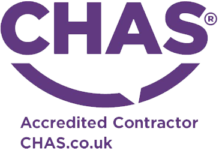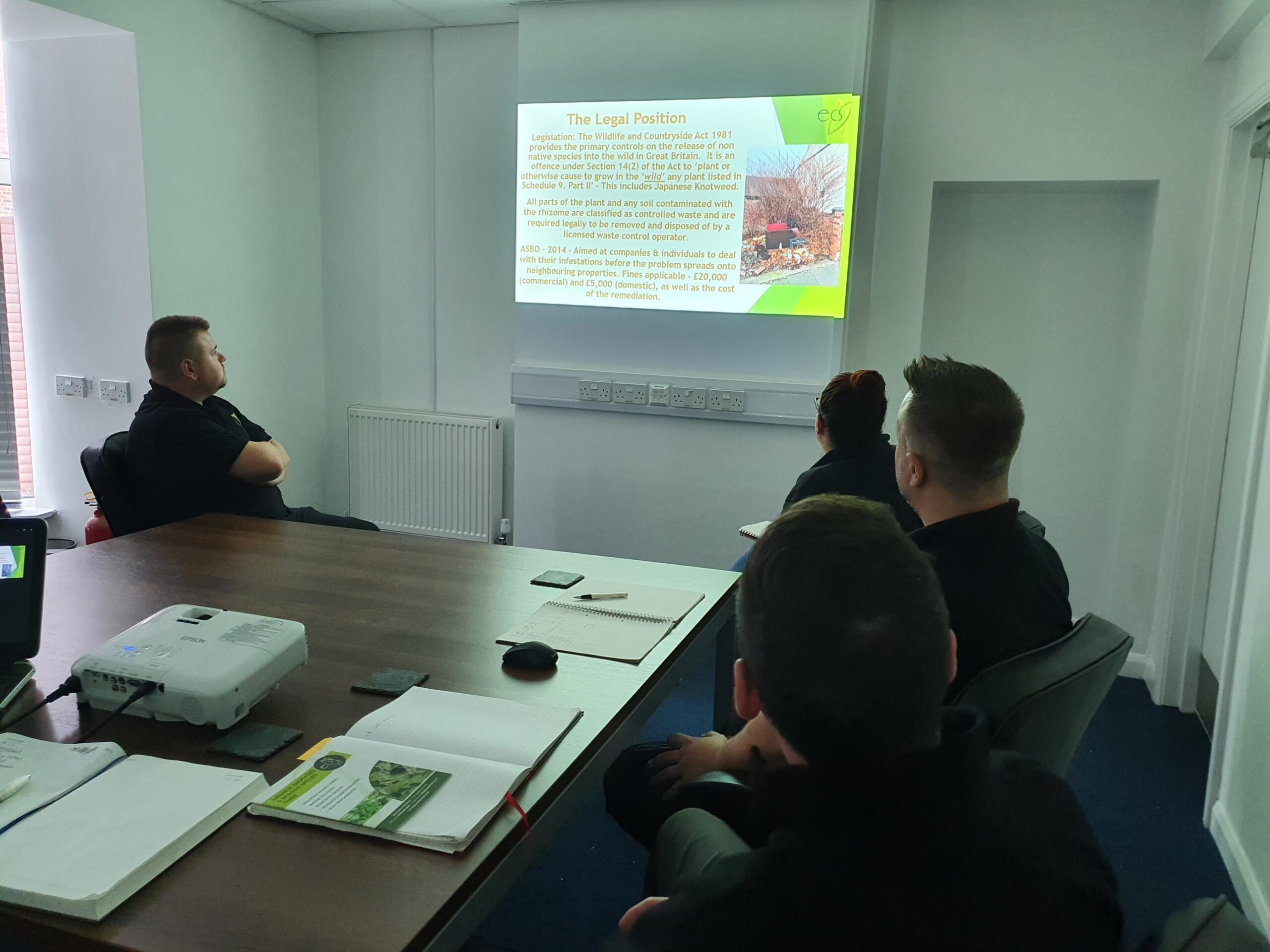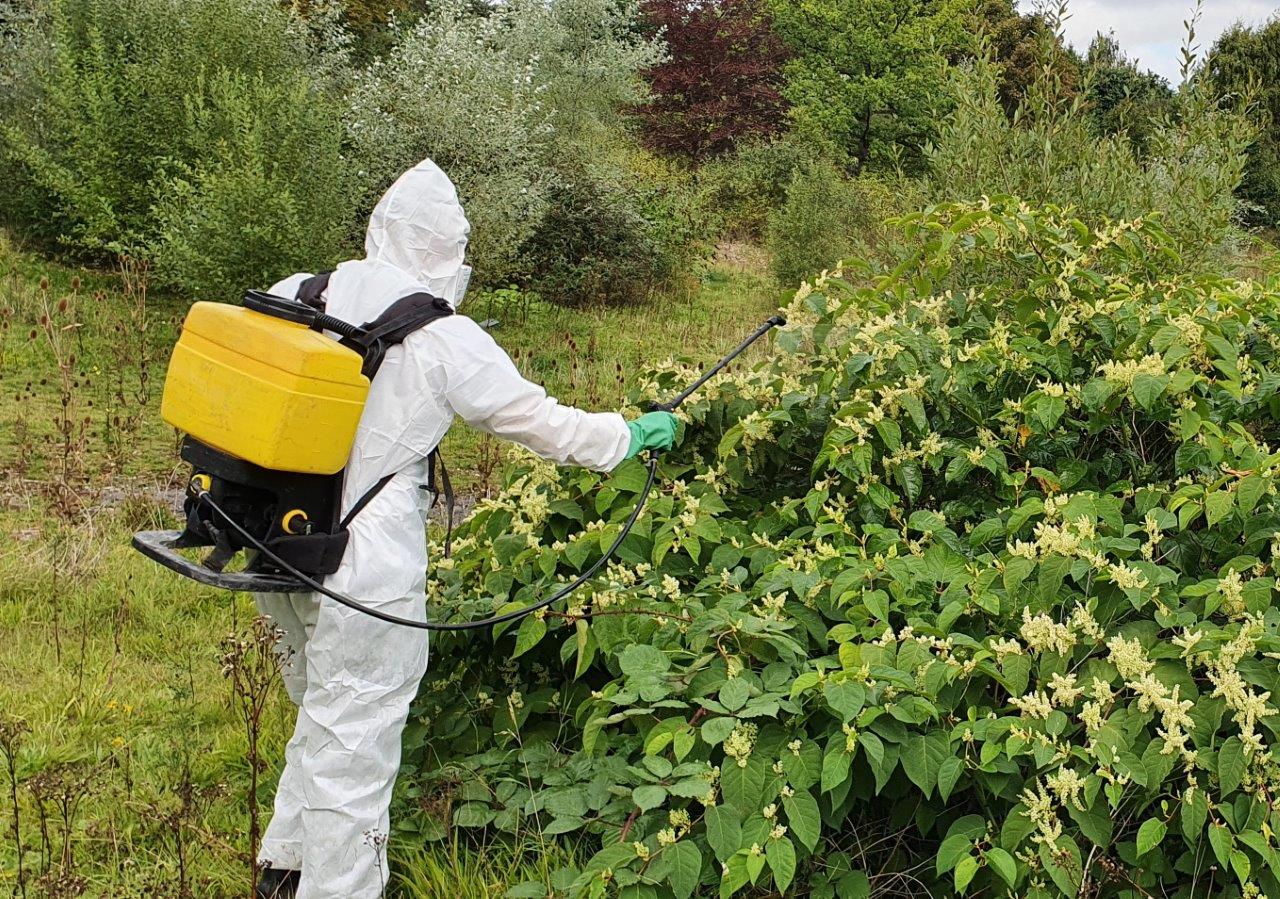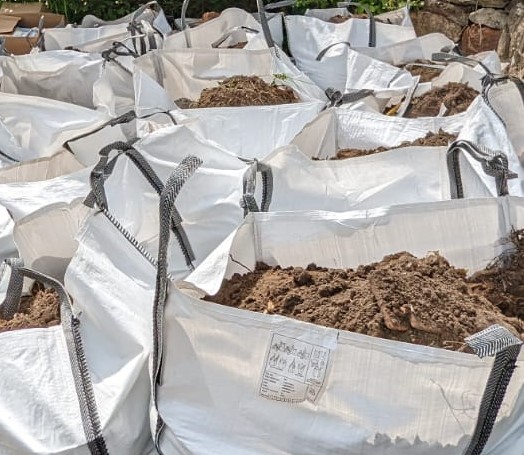Japanese Knotweed & The Importance of Strategic Forward Planning
Our helpful advice for property developers and land owners
At a point in time when many developers are putting a hold on their development projects for the next 1-2 years it is especially important for developers to use this period of delay to their financial advantage.
The problem of Japanese Knotweed should not be ignored on developer’s land banks despite the housing crisis which has been forecast for the next few years.
Frequently, in the past, time and again developers have incurred further additional, avoidable and unnecessary surplus costs due to Japanese Knotweed being found on sites during the development programme. There is now the opportunity for developers to tackle their Japanese Knotweed issues before any works begin, therefore avoiding any potential developmental delays.
If a Japanese Knotweed eradication programme is instigated in the pre-development or early stages of a development schedule Japanese Knotweed eradication costs are significantly reduced, and the eradication options available are more varied.
Often developers have no alternative option but to use the instant, on the spot solution of a Dig and Dump operation, which whilst highly effective and successful can be a costly resolution. Early planning would enable the use of other viable Japanese Knotweed eradication solutions such as spraying in-situ or stock piling which are just as effective and which are considerably more financially advantageous to the developer.
Do’s & Don’ts for developers:
- Do consult ECS – Eco Control Solutions in order to have your site inspected by a qualified Japanese Knotweed Specialist for the presence of Japanese knotweed before you commence any works.
- Do treat Japanese Knotweed as soon as it becomes apparent – do not allow it to become established. If correct treatment is commenced as soon as possible the cost of eradication will be significantly less.
- Do cordon off the knotweed to prevent any disturbance of the plant by workers, vehicles or members of the public. This cordon should ideally be with a radius of 7 meters from the edge of the plant if space allows (The Rhizome growth can extend up to 7 meters from the perimeter of the plant and reach to a depth of 3 meters).
- Do consult ECS – Eco Control Solutions if in doubt, unsuccessful treatments from incorrect spraying etc. will only damage the plant rather than eradicate it. Japanese Knotweed plants which have had previous ineffective spraying treatment will have significantly smaller damaged leaves which in turn reduces the amount of herbicides the plant can absorb leading to an increase in eradication time.
- Do draw up a Japanese Knotweed Management Plan – especially if a number of contractors are to be involved on the site. An understanding and awareness of Japanese Knotweed is a crucial factor in achieving substantial cost reductions.
- Don’t allow a site scrape to be conducted on a development site until it has been properly inspected for Japanese knotweed by a trained invasive weeds specialist.
- Don’t delay or postpone any Japanese Knotweed eradication works until the development is ready to proceed.
- Don’t leave future development sites open to public access, fly tipping is one of the main causes of Japanese Knotweed infestations.
Latest News & Insights
With over 50 collective years experience in the Japanese Knotweed & invasive weed sector you can trust our expert service...
Nationwide Coverage
- Birmingham
- Cork
- Cardiff
- Dublin
- Edinburgh
- Inverness
- London
- Manchester
- Nottingham
- Norwich
- Taunton
- Wakefield
Call us on: 0330 363 9555
Email us at: info@ecocontrol.co.uk









